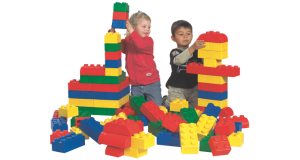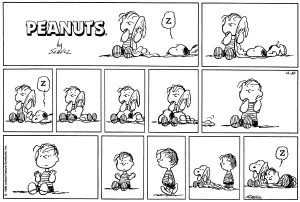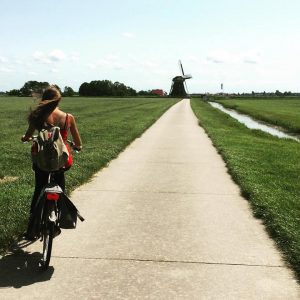Authenticity
Carlson discusses the notion of authenticity in both Western and Native cultures and how this notion functions within their traditions. I want to take his notions further to an international level and contrast these notions of ‘authenticity’ with a news story I followed a few weeks back.
Carlson and the Salish
First let’s look at Carlson’s analysis of Salish narratives. He’s entirely right by stating that by questioning a stories authenticity that narrative is contested and the storyteller is subsequently undermined and doubted. According to Carlson, “Stories that appear to have been unduly influenced or informed by post-contact European events and issues have long been discarded to the dustbin of scholarly interest” (56). However this is a Western process of thinking and limits the truths that are presented through Salish story-telling. For the Salish, the reality and the truth of the story are different. The truth comes through different ways of knowing and the reality becomes irrelevant.
Carlson admits that the relationship between orality and literacy is complicated particularly in regards to contact between Natives and Europeans;
Within the oral traditions, literacy sits alternately at the centre of the Salish world and outside of it. It is simultaneously foreign and indigenous, threatening and protective; it is from the past as well as the present and it looms large in the future. Literacy challenges orality, and therefore Salish notions of self, while at the same time these narratives reveal that literacy is implicitly regarded as something in need of repatriation: a repatriation that, once accomplished, will restore a balance that was earlier disrupted. (44)
Carlson points out that literacy’s difference from orality is that it preserves knowledge and arguably shares the exact same information with a potentially wider audience (48). But orality provides an opportunity to tell a story with opportunity for fluidity – including post-contact details. The story can be the same and still include contemporary audiences and concerns as we see through readings of Harry Robinson. The science of the story doesn’t need to be at the forefront. Whether a story is pre or post-contact is irrelevant to the telling of the story because as the story is passed down from son-to-son so is the information and traditions. This son-to-son linkage allows connections to their ancestral history without requiring literacy. As Carlson argues, it is a new kind of literacy that values personal reputation and oral citing over historical factuality.
Carlson also points out that cumulative stories or prophecies w
ould create authority for the stories (60).
“Within the Salish world by way of contrast, historical accuracy is largely assessed in relation to people’s memories of previous renditions or versions of a narrative and in relation to the teller’s status and reputation as an authority”
Ultimately Carlson calls for a reorganization of how knowledge is collected and presented, specifically in regards to non-Western cultures. The ‘authenticity’ needs to stop being questioned and instead other criteria must emerge and “ that recognizes the plurality of indigenous voices within Aboriginal communities and the historical consciousness that informs those voices and beliefs” (63).
Historical Purity Case Study
The Western treatment of ‘other’ mythologies remains strictly ‘factual’ and aims to provide some form of authenticity. A few weeks back I remember seeing a news article on new information regarding King Tut; namely that a dagger found at his side was in fact made from a meteorite. For me this sparked a thought-process in which I imagined a meteor falling from the sky and people staring up at it and reacting in a certain way whether that be celebration, fear, indifference, or something else, part of me really wants to know. But the articles I read and watched were all focused on the science and the studies that could prove facts. When I googled more about King Tut it was even hard to find what the hieroglyphs within his tomb states and how those contrasted with the scientific stories that are told. Now don’t get me wrong, science is great and we learn stuff, but I want to learn about the culture of Egyptians. I’ve read a few historical fiction novels about Egyptian kings and queens and these narratives really emphasized a few things.
- That it isn’t that hard to erase someone from history. Just scratch away the names on every wall in Egypt and hope that someone doesn’t accidently find the tomb that was misplaced to begin with.
- The story told (in hieroglyphs or otherwise) isn’t necessarily the story that happened.
- Stories are fluid – if a pharaoh wanted to be painted in prime masculine condition then that’s how he would be for the rest of eternity – but science contrasts that notion.
- We really know nothing about history. Read this article to see how many questions actually surround King Tut without ever mentioning local mythologies or even hieroglyphs within his tomb (as the mythologies outside of his tomb were literally washed away).
 Science is changing every minute. A common proof of this is that people used to believe the world was flat. But even today, with all our machines and gizmos and gadgets that claim to be able to prove things, new things are happening every day, including finding King Tut’s famous death mask may have had a previous owner. Now for me this sounds like a great story – imagine the person who decided to take the death mask from an infamously powerful queen and add a beard to make it for a man. It’s the little stuff like that that I’m interested in, but my postulations and those that I read in some of my favourite books regarding the 18th Egyptian Dynasty cannot be proven and therefore are not credited with anything resembling authenticity and so those books remain in the fiction section.
Science is changing every minute. A common proof of this is that people used to believe the world was flat. But even today, with all our machines and gizmos and gadgets that claim to be able to prove things, new things are happening every day, including finding King Tut’s famous death mask may have had a previous owner. Now for me this sounds like a great story – imagine the person who decided to take the death mask from an infamously powerful queen and add a beard to make it for a man. It’s the little stuff like that that I’m interested in, but my postulations and those that I read in some of my favourite books regarding the 18th Egyptian Dynasty cannot be proven and therefore are not credited with anything resembling authenticity and so those books remain in the fiction section.
I chose my favourite story of the many published online and feel comfort knowing that it was produced by National Geographic – an internationally acclaimed source. So even though there are some postulations in her account of King Tut’s mysteries, it’s okay.
Works Cited
Hawass, Zahi. “King Tut’s Family Secrets.” National Geographic. National Geographic, Sept. 2010. Web. 29 June 2016.
King Tut. Digital image. The Cosmos News. N.p., n.d. Web. 29 June 2016.
AFP. King Tut Dagger. Digital image. News.com.au. News Limited, n.d. Web. 29 June 2016.
Ng, Kate. “King Tutankhamun: New Evidence Suggests Ancient Egyptian Gold Mask Was Made for Heretic Queen Nefertiti.” The Independent. N.p., 27 Nov. 2015. Web. 29 June 2016.
Pruitt, Sarah. “Researchers Say King Tut’s Dagger Was Made From a Meteorite.” History. A&E Television Networks, 3 June 2016. Web. 29 June 2016.
Williams, A. R. “Mystery of King Tut’s Death Solved? Maybe Not.” National Geographic. National Geographic, 7 Nov. 2013. Web. 29 June 2016.
Williams, A. R. “Mystery of King Tut’s Death Solved? Maybe Not.” National Geographic. National Geographic, 7 Nov. 2016. Web. 29 June 2016.
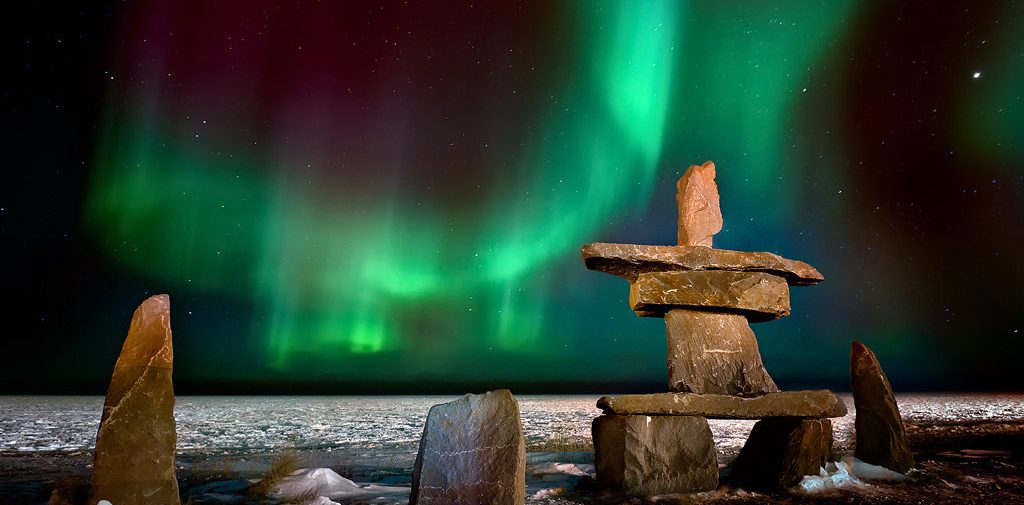
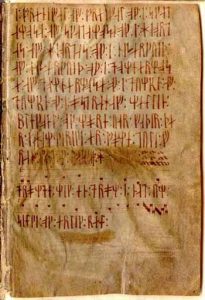 paper taken from them; or the Europeans took the paper and used it. The subject of this aspect of the story defines what the paper’s main function was. While it’s obvious to conclude that the paper led to reading and writing that the settlers defined themselves with, its origins within North America can lead to questions such as was this something the Natives were deprived of? Or something that they didn’t need? I find that the story leaves these questions ambiguous and allows individual interpretation. The paper itself seems to be sufficient as a representation of the European aspect of the twins. The twins of the story also rang a bell for me – in the past twins have been pointed out in my classes as loaded with symbolism. From
paper taken from them; or the Europeans took the paper and used it. The subject of this aspect of the story defines what the paper’s main function was. While it’s obvious to conclude that the paper led to reading and writing that the settlers defined themselves with, its origins within North America can lead to questions such as was this something the Natives were deprived of? Or something that they didn’t need? I find that the story leaves these questions ambiguous and allows individual interpretation. The paper itself seems to be sufficient as a representation of the European aspect of the twins. The twins of the story also rang a bell for me – in the past twins have been pointed out in my classes as loaded with symbolism. From 